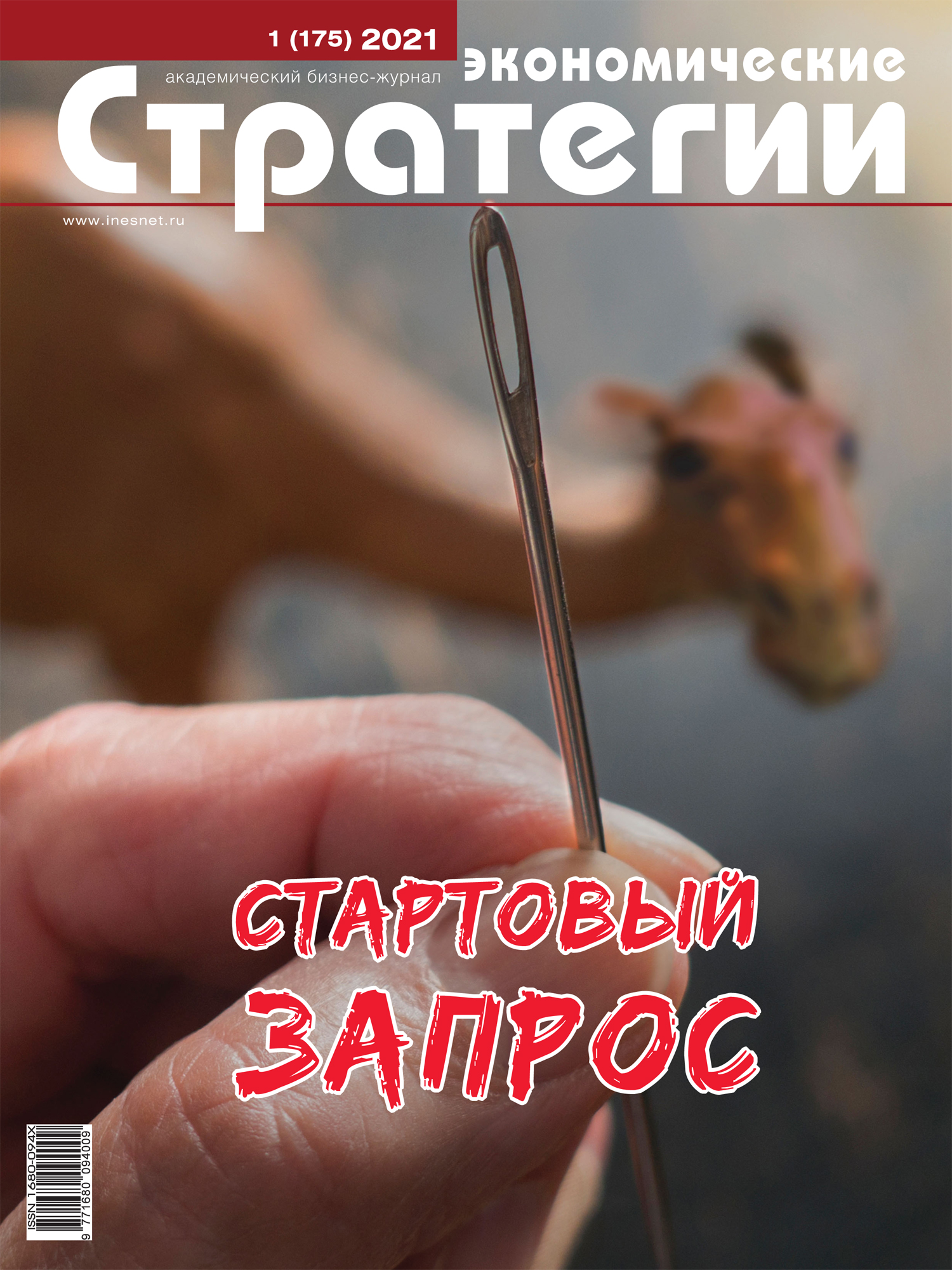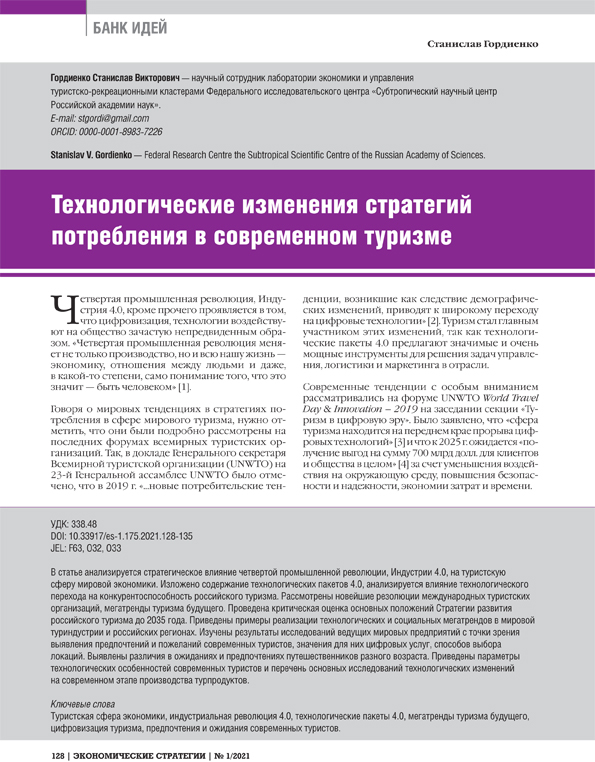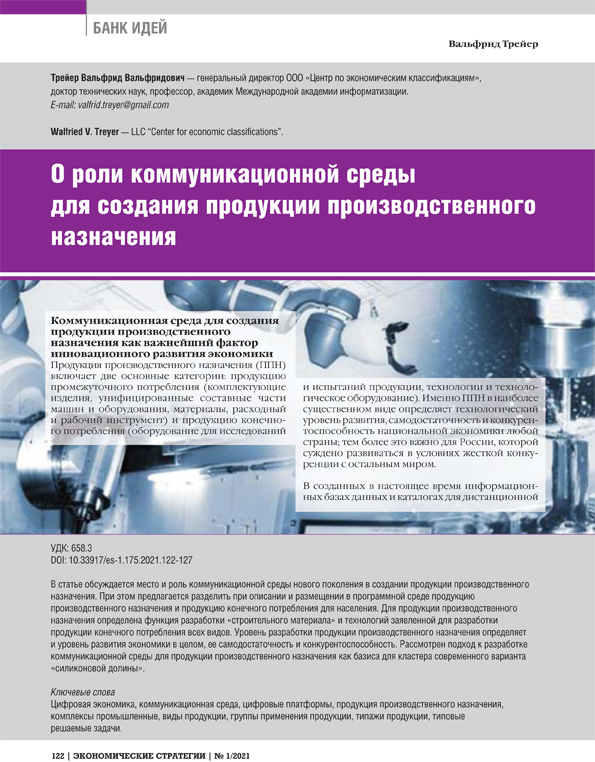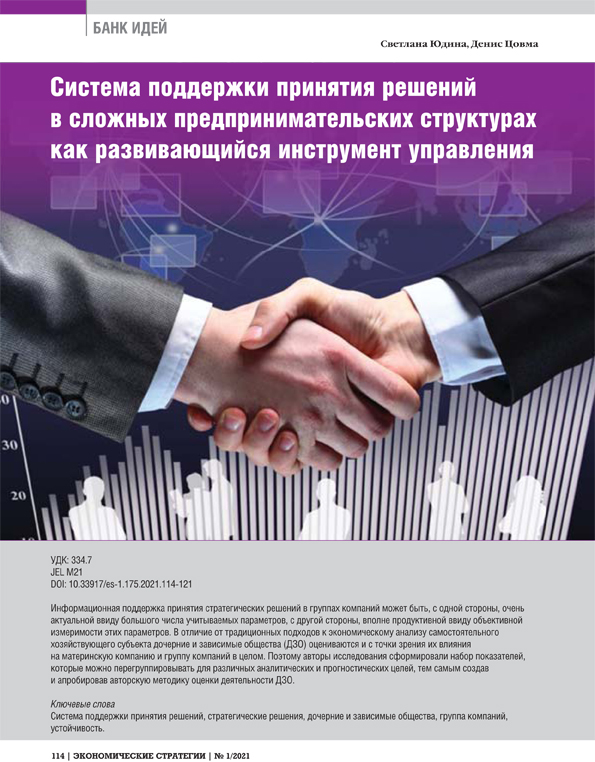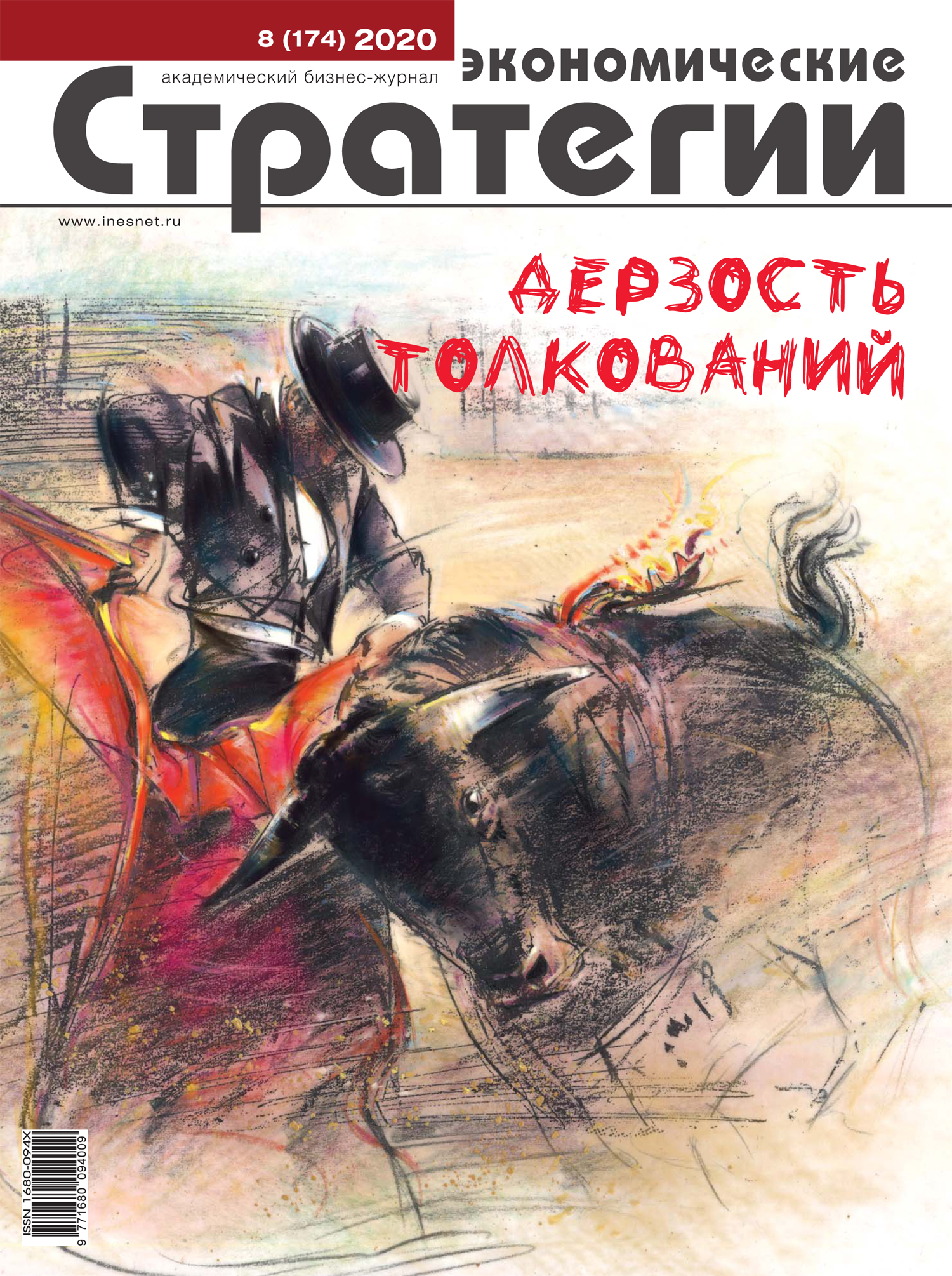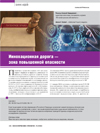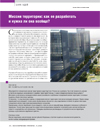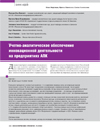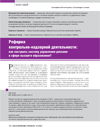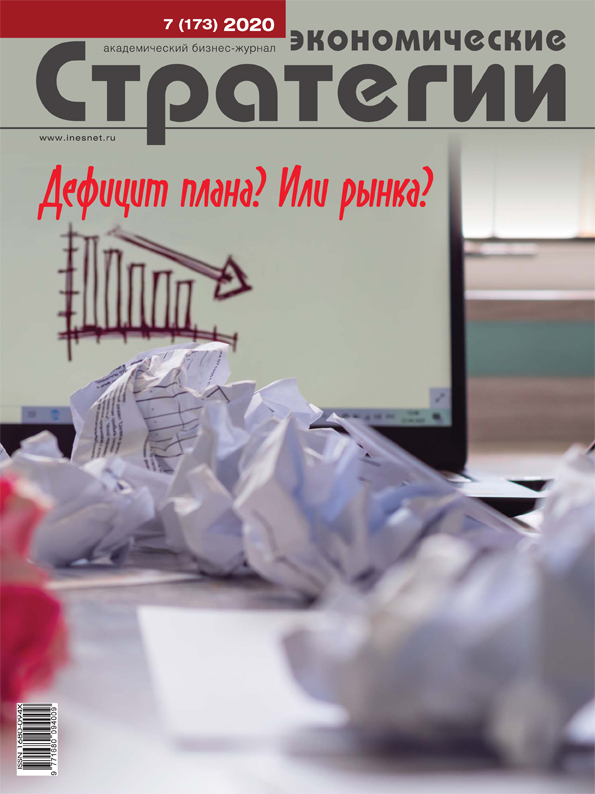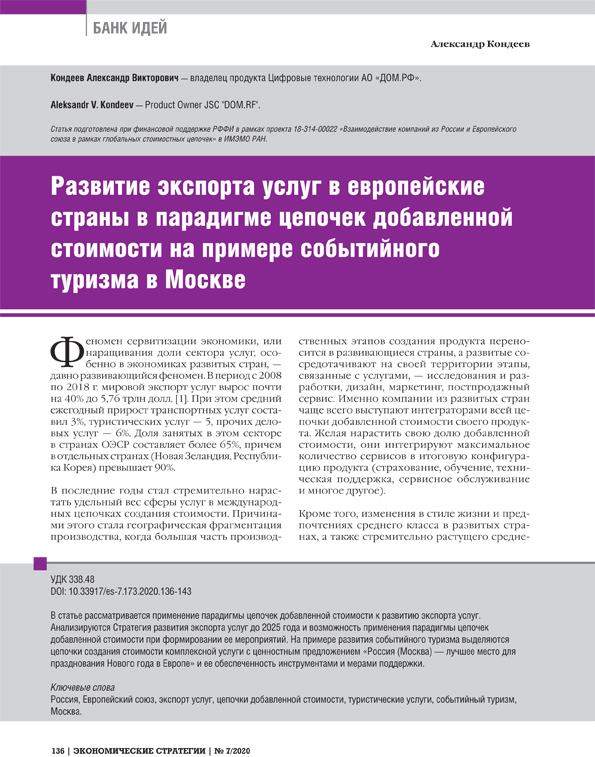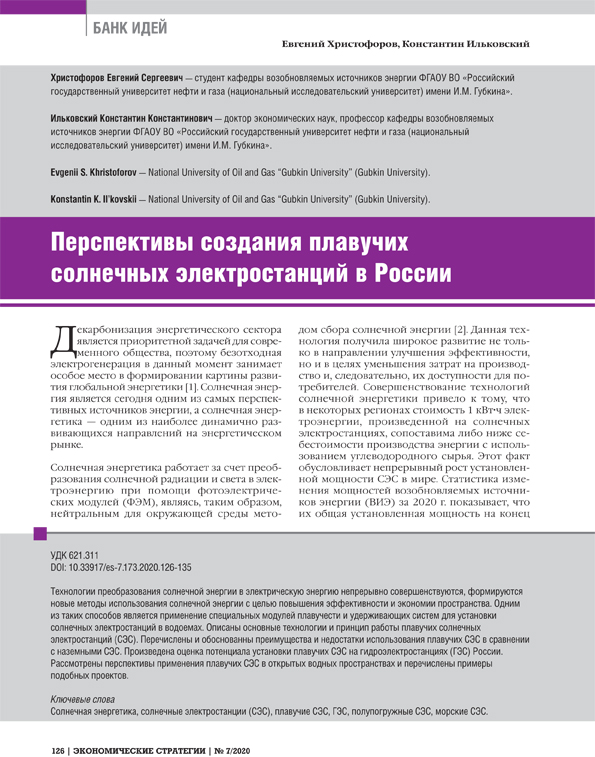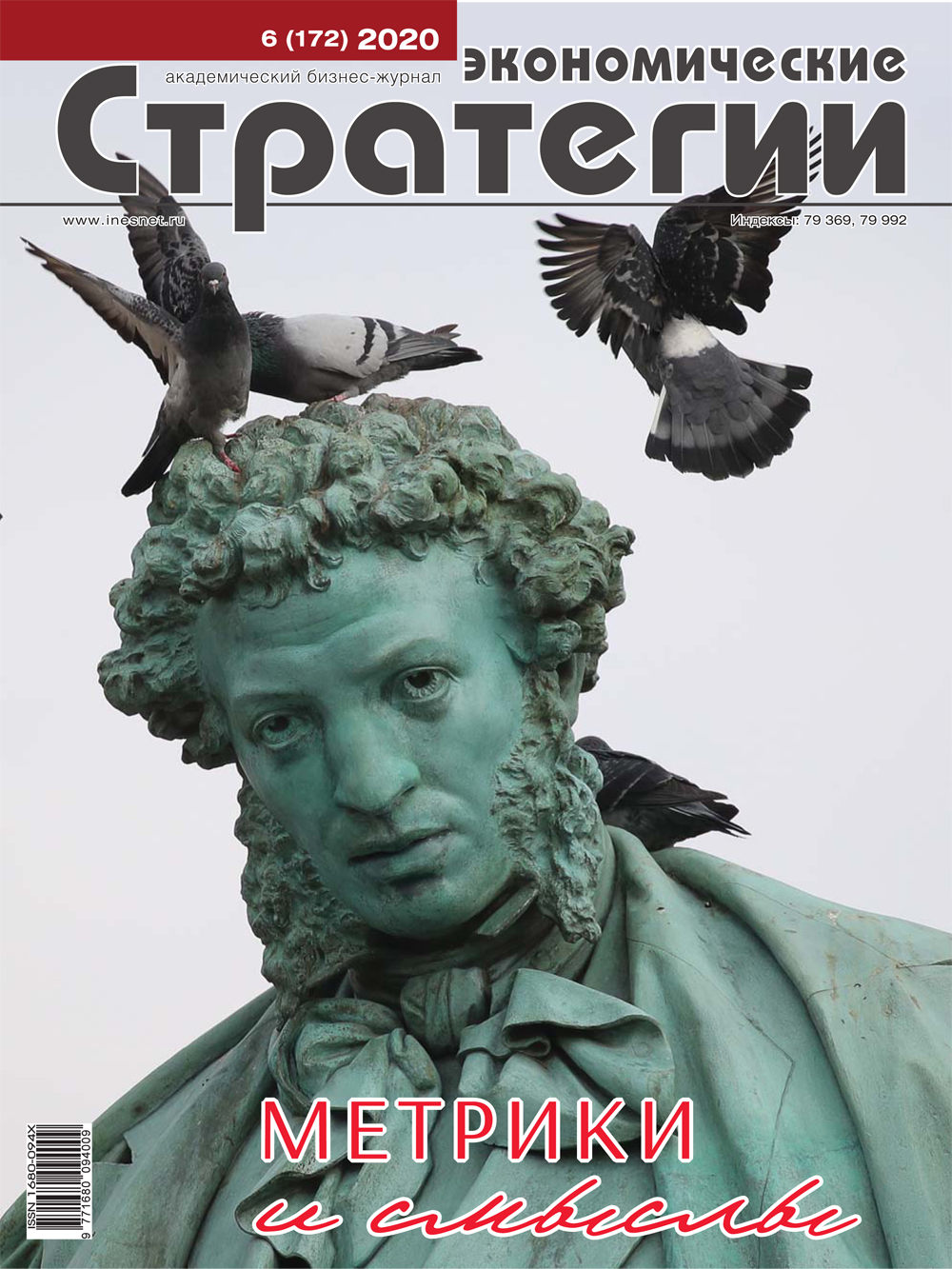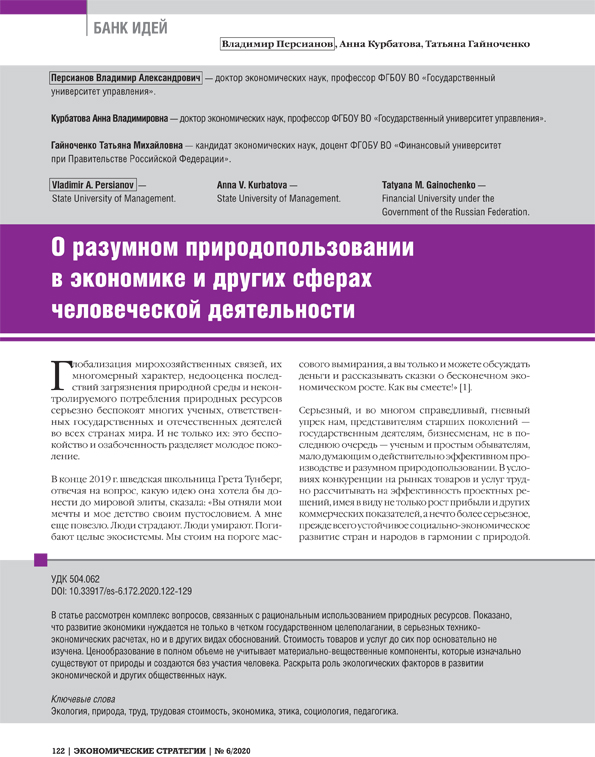Technological Changes in Consumption Strategies in Modern Tourism
DOI: 10.33917/es-1.175.2021.128-135
The article analyzes the strategic impact of the fourth industrial revolution, Industry 4.0, on the tourism sector of the world economy. The content of technology packages 4.0., the impact of the technological transition on the competitiveness of Russian tourism are described. The relevant resolutions of international tourism organizations are discussed, Megatrends of future tourism. A critical assessment of the main provisions of the Strategy for the development of Russian tourism until 2035 has been made. Examples of implementation of technological and social Megatrends in the world tourism and in the regions of Russia industry are given. The results of research of the world’s leading enterprises on the revealing of preferences and wishes of modern tourists, the value of digital services for them, and ways to choose locations are studied. Differences in the expectations and preferences of travelers of different ages are formulated. The parameters of technological features of modern tourists and the list of main studies of technological changes at the present stage of production of tourist products are formed


